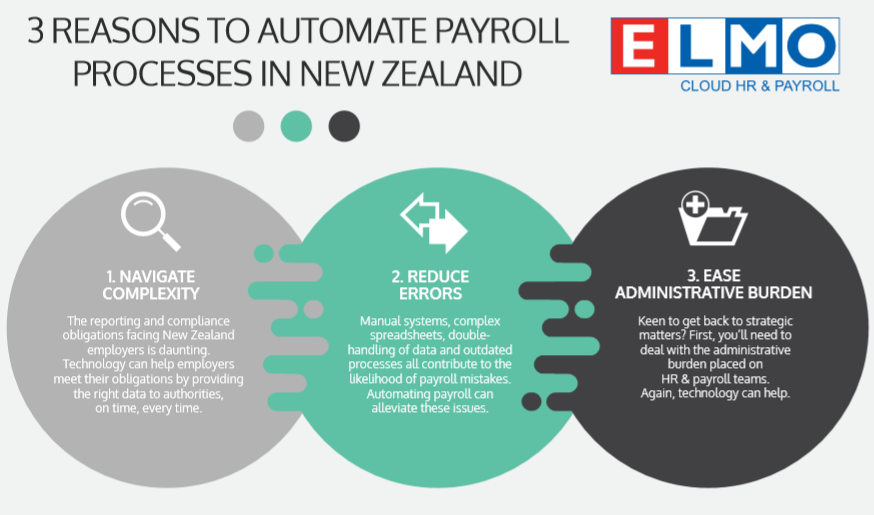Human Resources Industry Benchmark Report: Healthcare and Social Assistance

In 2024, the Healthcare and Social Assistance industry faces unique challenges and priorities, as highlighted in our latest Human Resources Industry Benchmark report.
The top challenge – Upskilling and reskilling
A significant 32% of respondents identified upskilling, cross-skilling, or reskilling employees as the top challenge for their organisations. This underscores the critical need for continuous learning and development and specific programs to keep pace with industry demands.
The top priority – Wellbeing
32% of Healthcare and Social Assistance respondents identified employee wellbeing as the top priority for organisations in 2024, showing continued concern about how the health of staff not only affects the workforce but also patient care levels.
Other key findings:
- Workforce growth: 82% of respondents anticipate an increase in their workforce in the coming year, suggesting a positive outlook for job creation in the sector.
- Turnover: The average annual turnover rate is 13%, providing insights into employee retention within healthcare.
- Recruitment metrics:
- Cost to hire: The average cost to hire is $18,172 per employee, approximately $2,000 lower than the Australian average.
- Time to productivity: New hires take 39 days to reach full productivity, slightly longer than the national average.
- Salary increase: The predicted average base salary increase is 3.8%, compared to 4.3% across all sectors in Australia.
- Restructuring: 34% of respondents plan to restructure their organisations in 2024 to cope with economic uncertainty.
Insights and recommendations:
- Focus on upskilling and reskilling: Healthcare organisations need to invest in programs that help employees develop the skills they need to stay ahead of the curve. This could include providing training on new technologies, offering opportunities for cross-training, and supporting employees who want to pursue further education.
- Prioritise employee wellbeing: Healthcare organisations need to create a work environment that supports the physical and mental health of their employees. This could include offering wellness programs, providing flexible work arrangements, and promoting a culture of work-life balance.
- Embrace workforce growth: The healthcare sector is expected to see significant job growth in the coming years. Healthcare organisations need to be prepared to attract and retain top talent by offering competitive salaries and benefits, creating a positive work environment, and providing opportunities for career development.
- Address turnover: Healthcare organisations need to identify the factors that are contributing to turnover and develop strategies to address them. This could include improving communication, providing more opportunities for feedback, and recognising and rewarding employees for their contributions.
- Manage economic uncertainty: Healthcare organisations need to be prepared for the possibility of economic downturns. This could include developing contingency plans, diversifying their revenue streams, and being flexible in their staffing levels.
- Leverage technology: Healthcare organisations can use technology to improve their HR processes, such as recruiting, onboarding, and training. This can help to save time and money, and improve the efficiency and effectiveness of HR operations.

Overall, the 2024 Human Resources Industry Benchmark Report for the Healthcare and Social Assistance industry provides valuable insights into the challenges and opportunities facing the sector. By following the recommendations in this report, healthcare organisations can create a more competitive and successful workplace.
 HR Core
HR Core 









